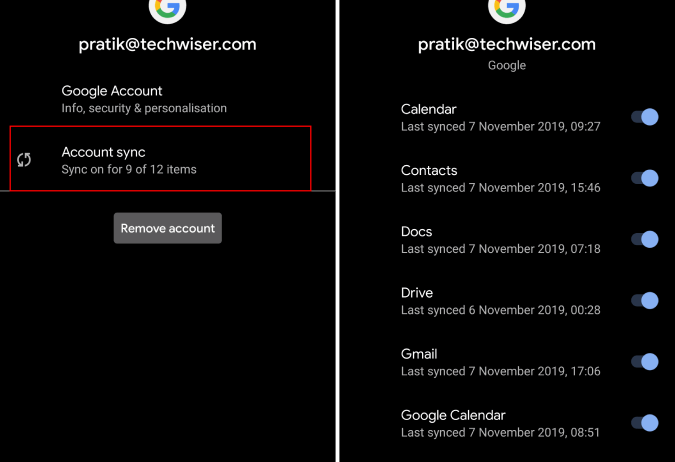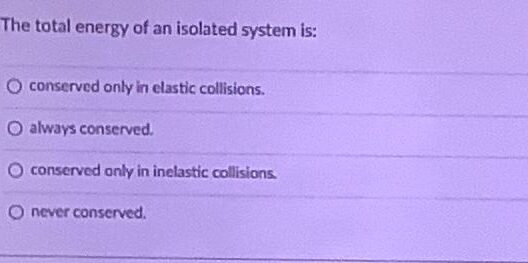The modern smartphone serves as a compass in our digital landscape, guiding us through a flurry of information and connectivity. However, as with any compass, it requires energy to function optimally. A smartphone’s battery life can often feel like a flickering candle, combating the dimming shadows of obsolescence. To counteract this, optimizing your Google Pixel to conserve energy is essential—not just for enhancing your daily experience but also for reducing your environmental footprint. Below, we explore extensive methods to elongate the life of your Pixel’s battery while simultaneously embracing sustainability.
Understanding Battery Health
At the heart of every smartphone lies the lithium-ion battery, a marvel of modern chemistry. However, like every living organism, it requires care. Over time, excessive charging habits and extreme temperature exposures can diminish its vitality. Familiarizing yourself with your battery’s health is the first step toward longevity. Access the battery settings on your Pixel to review its status and gain insight into its usage patterns.
Utilizing Battery Saver Mode
Think of Battery Saver Mode as a guardian of your phone’s energy realm. This built-in feature works stealthily, reducing background activity and limiting certain functions. Engage it when your battery dips below 15%, or schedule it to activate during specific times to preserve precious energy. This transformation echoes the metamorphosis of a caterpillar into a butterfly—initially restrictive but ultimately liberating your device from the chains of power drain.
Adjusting Screen Brightness
Your screen, an expansive canvas that showcases your digital life, is also one of the most significant power consumers. Adjusting screen brightness is akin to regulating the exposure of sunlight in a greenhouse. Set your Pixel to automatic brightness, allowing it to adapt based on ambient light. This not only saves battery but also protects your eyesight. Additionally, dimming your screen—especially in low-light environments—can lead to considerable energy conservation.
Managing Background App Activity
Applications can be tenacious energy hogs, lurking in the shadows, consuming power even when not in active use. Just as one would eliminate weeds to allow a garden to flourish, so too must you prune your app activity. Head to the settings menu, explore the ‘App Battery Saver’ option, and restrict background activity for apps that don’t require constant connectivity. This fine-tuning allows your Pixel to allocate its energy resources more judiciously.
Limiting Location Services
GPS functionality is a tool for navigation, yet it can also be an unending source of battery drain. Each time your location is verified, tiny energy droplets evaporate into the ether. Opt for location services that utilize battery-saving modes, or deactivate them entirely for apps that do not need your real-time whereabouts. Like a well-tended garden, allowing the sun to shine only where needed can create a more sustainable ecosystem.
Optimizing Connectivity Settings
Wi-Fi, Bluetooth, and mobile data: each connection is a thread woven into the digital tapestry of communication. However, maintaining multiple connections can be analogous to juggling flaming torches—exhilarating but ultimately precarious. When these connections are not in use, turn them off. Enabling Airplane Mode in low-connectivity areas or during specific times ensures your Google Pixel focuses its energy on essential tasks while minimizing unnecessary power consumption.
Disabling Unused Features
Your Pixel is a productivity powerhouse, loaded with features. However, just as too many ingredients can spoil a dish, excessive features can drain your device’s energy. Disable features like ‘Live Wallpapers’ or ‘Always-On Display’ which, while visually captivating, expend energy relentlessly. With a few adjustments, your Pixel will resemble a finely-tuned engine, performing efficiently without superfluous distractions.
Regular Software Updates
Software updates often contain crucial optimizations and bug fixes that can enhance battery performance. Neglecting these updates can be likened to ignoring the symptoms of an ailment: delays may lead to complications. Ensure your Google Pixel is running the latest software version to benefit from advancements that not only improve functionality but also address battery life concerns.
Utilizing Dark Mode
In an era dominated by bright screens, activating Dark Mode can produce surprising results. The darker the screen, the less power is consumed, especially on OLED displays. This aesthetic adjustment has a dual benefit: it conserves battery life and provides a visually soothing experience, reducing glare and eye strain during prolonged usage. Adopting Dark Mode is akin to donning a stylish cloak that shields your device from the harshness of daylight.
Periodic Device Resets
Just as nature periodically rejuvenates itself, so too can your smartphone benefit from a reset. Regularly restarting your Google Pixel helps clear cache and memory leaks that can lead to power inefficiency. Embrace the ritual of a reset—it can provide a fresh start, rejuvenating your device’s performance and battery longevity.
In conclusion, conserving energy and extending the battery life of your Google Pixel is not merely a matter of convenience; it is a commitment to sustainable living. By implementing these strategies, you can cultivate a harmonious relationship with your technology and the environment. Much like nurturing a garden, the efforts you invest today will yield fruitful results tomorrow—a flourishing battery and a planet that thrives alongside it.








